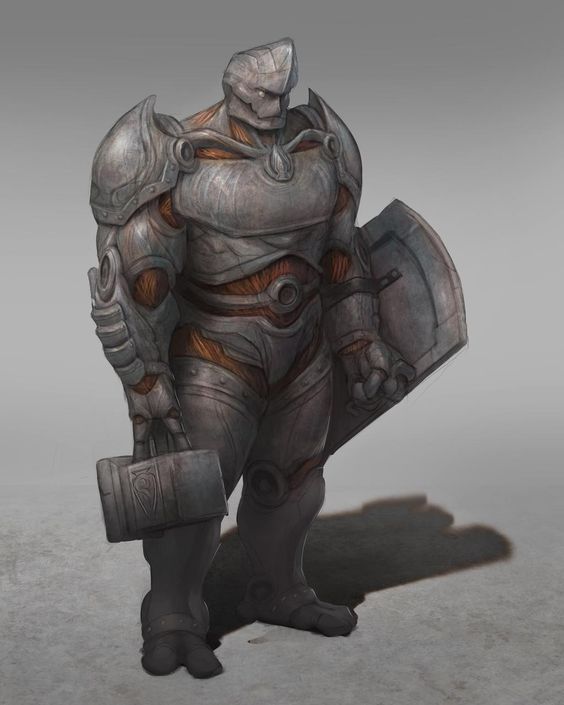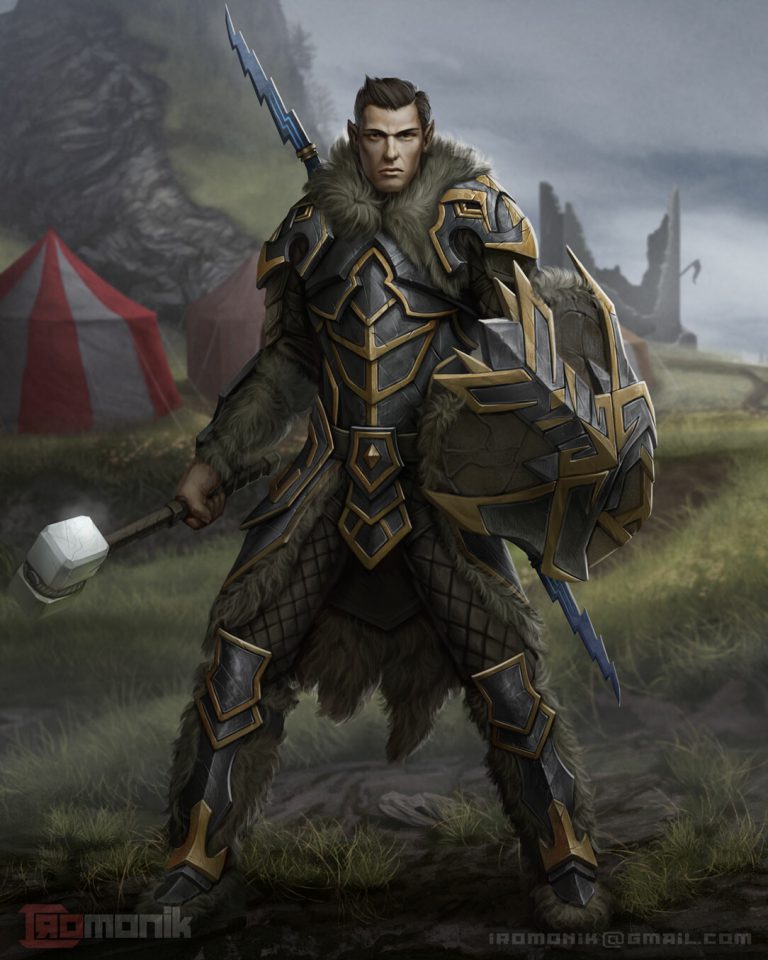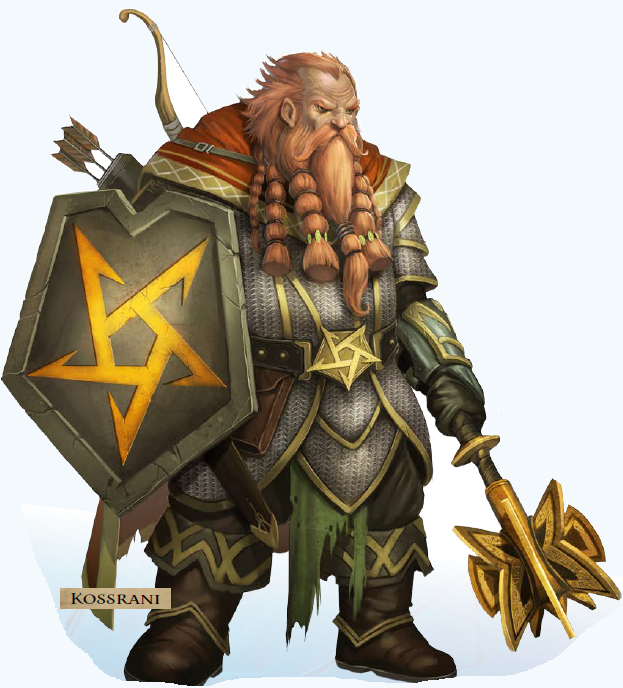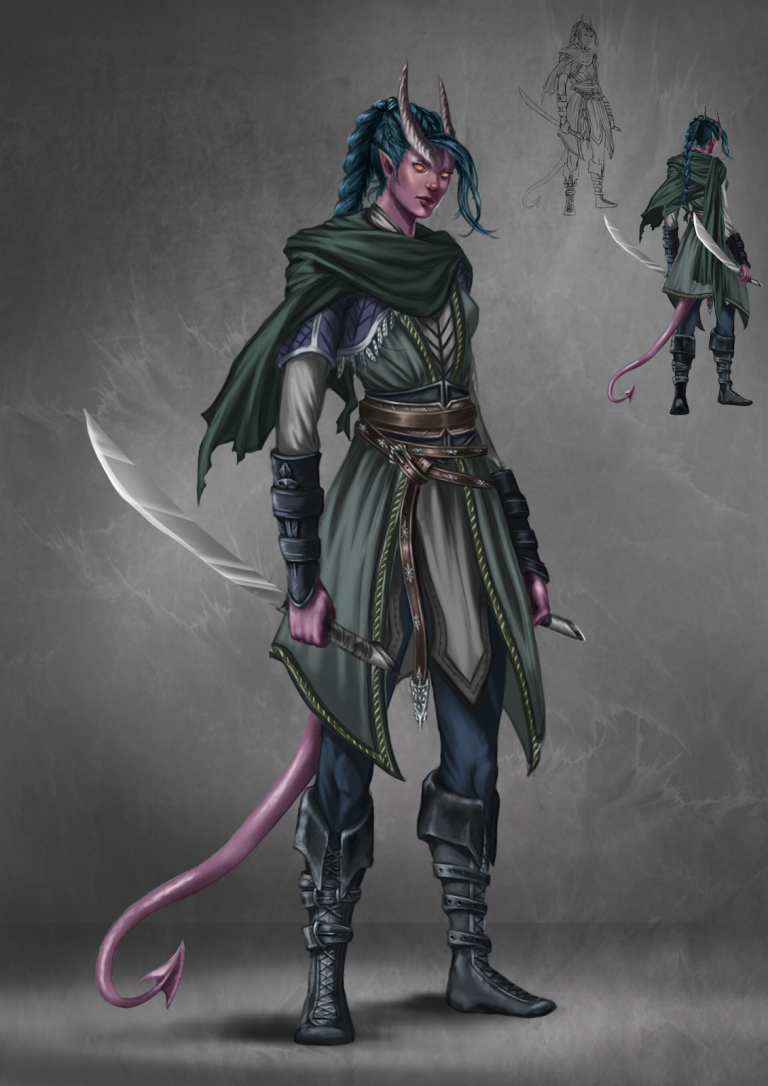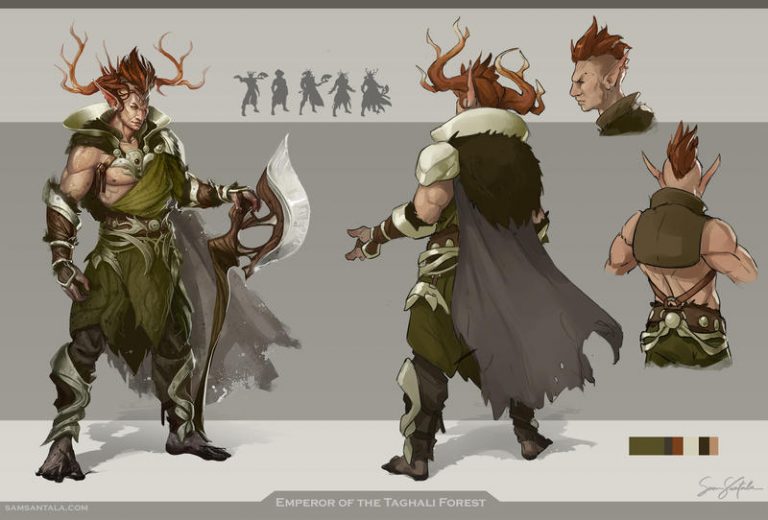D&D 5e: Warforged Artificer Guide

D&D 5e: Warforged Artificer Guide
It’s only natural to try to understand the world, and who better to tinker with creation than a race that was literally forged into being, only a handful of generations ago.
Warforged Artificers are resilient all-rounders. Clad in armor that’s as much a part of them as their skin, they might wield weapons, cast spells, or even hold back and let their pets and party do all the heavy lifting. However you might want to build your character, consider this short guide a blueprint to success.
How to Make a Warforged Artificer
Compared to many classes, the Artificer can be complicated to build, with many decision points that can affect how useful the character is. Thankfully, adding the Warforged race doesn’t complicate things further, and might actually help to simplify a few of the issues you might face.
The first big choice is the role, which leads directly into your subclass choice. The four subclasses on offer are split cleanly down the middle, with two aimed at direct combat, and two hanging back to cast spells and deal damage. Choose Armorer or Battle Smith to start swinging weapons around. Alternatively, Artillerist and Alchemist are for characters who don’t like getting hit repeatedly in the head.
One good point about building an Artificer is the smart design choices that make stat distribution relatively simple. Max your Intelligence, which covers spellcasting, many of your skills, and also attacking with weapons if that’s something you plan to do, because of built-in class features.
The remaining points should be put into Constitution and Dexterity, both of which really help keep the character alive, past that D8 Hit Die, as well as helping with Concentration checks and skills.
The Warforged Race offers a fantastic spread of abilities that perfectly complement the Artificer. Firstly, and most glaringly, a +1 to AC. This stacks nicely with class proficiencies, abilities, and spells, leading to a character that has a higher constant AC than the party tank, and can be alarmingly hard for enemies to land hits on.
Second is a swathe of secondary defensive boosts, including disease immunity, poison resistance, and not needing to eat, sleep or breathe. (Useful whether you’re working in a lab or throwing gas bombs into dungeon rooms.)
Finally, a skill and another tool proficiency push the character’s utility to the max. Between this, class, subclass, and background, the character might have six tool proficiencies and almost as many skills!
How to Play a Warforged Artificer
The Artificer class is the ultimate generalist. Not content with spellcasting as a main focus, solid weapon and armor options, reasonable skills, and a ton of tool proficiencies, the class is loaded with utility abilities that mean an Artificer, given sufficient time, can deal with almost any problem by themselves.
But just because you can doesn’t mean you should. The class only has four subclasses, so it’s worth touching on all of them.
- The Alchemist is a utility caster, gaining a lot more healing, as well as powerful spell options and valuable, free potions that mimic even more spell slots.
- The Armorer is a walking tank that specializes in defensive spells and can choose between two armor models, one built around melee combat and toughness, and one that’s designed for stealth and ranged combat.
- The Artillerist focuses on a tiny magical cannon that fires one of three effects, as well as blast spells, and turns a wand or staff into a magical gun. If you want to deal a lot of ranged damage, this is fantastic for that.
- The Battle Smith (no A alliteration, boo!) is another fighting archetype that gains proficiency in all weapons, but the main benefit the class gains is a robot buddy that functions similarly to a Ranger’s animal companion. Only significantly better.
Outside of combat, the Artificer has ridiculous problem solving abilities. Its amalgam of skills, spells, ritual casting, and the ability to craft its own personal list of magical items make the Artificer one of the best classes for non-combat scenarios. This is a class that can and does happily slot into any party composition, seeing as it can be built to do almost anything.
Still, like all things D&D, it pays to specialize, so pick an archetype and lean into it. The sheer variety of class features on offer will happily cover the rest of the gaming session for you.
As 2/3rd Casters, Artificers aren’t as magically adept as the Cleric or Wizard. However, their spell list is full of strong, effective options.
Your cantrip slots will be limited to 2 until level 6, so making the right choices is important. The Battle Smith needs Mending, but other good options are Firebolt or Thorn Whip for combat and one of either Prestidigitation or Guidance (if your party doesn’t already have it) for non-combat uses.
The Artificer’s spell list is stuffed with powerful buffs, debuffs, and a few key damage options, some coming at lower levels than you’d usually see them. The subclasses also all have individually strong spell lists, which help supplement the character and smooth out difficult spell choices.
Infusions
The primary ability of the Artificer, and the one that’s replicated by no other class is infusions. This allows you to pick from a list of special abilities, and glue magical effects onto existing gear.
The list of available options is long and packed with powerful abilities, and nothing is stopping you from handing out infused items to party members.
This ability is incredibly flexible and complicated enough that it really needs its own guide. Check out our full Artificer guide here.
How to Roleplay as a Warforged Artificer
Warforged were originally created as living weapons. A way to end a century long war and many members of the race are still defined by this purpose. On top of this, Artificers as a group were directly responsible for the creation of the race in the first place, meaning a Warforged Artificer is literally following the footsteps of their creators. That by itself is an interesting point to explore and can provide a ton of RP potential.
Maybe your character is adventuring to understand themselves and their place in the world. Or perhaps they want to understand the process that led to their birth, so they can replicate it, for whatever purpose…
As a class, the Artificer is all about finding, understanding, and solving problems, and this tends towards adventuring as a lifestyle. Perhaps your character or their friends and community have a particular issue that needs solving, which could tie into the main plot.
You’re playing a magical robot that now seeks to solve all the big problems of life. Either by breaking them down into their base alchemical elements or through the much simpler method of repeatedly applying explosives until the problem just … ceases to exist.
Artificers are also generally defined by their role in the world. They’re magical scientists, artist philosophers, with more than a little sprinkling of crazy to season. Unending curiosity, wild flights of fancy, or boring, dreary academics, all are options available to you. Embrace the chaos.


